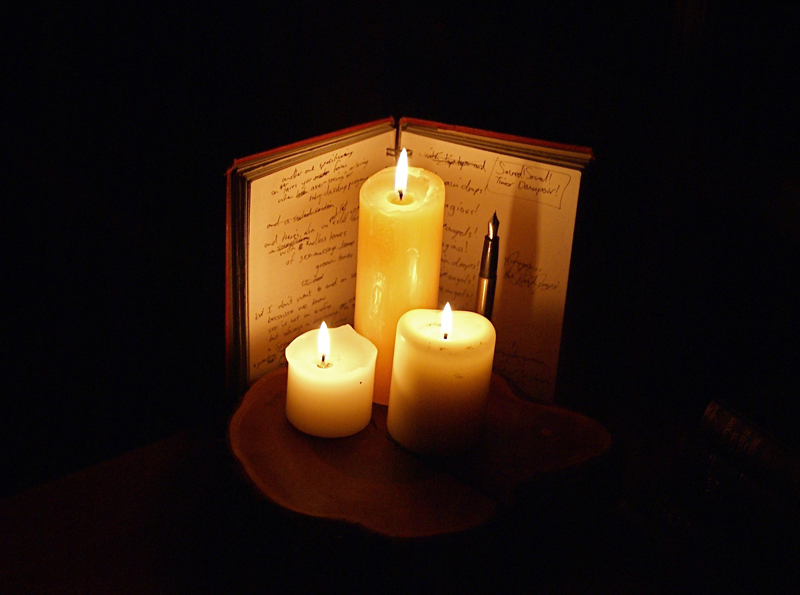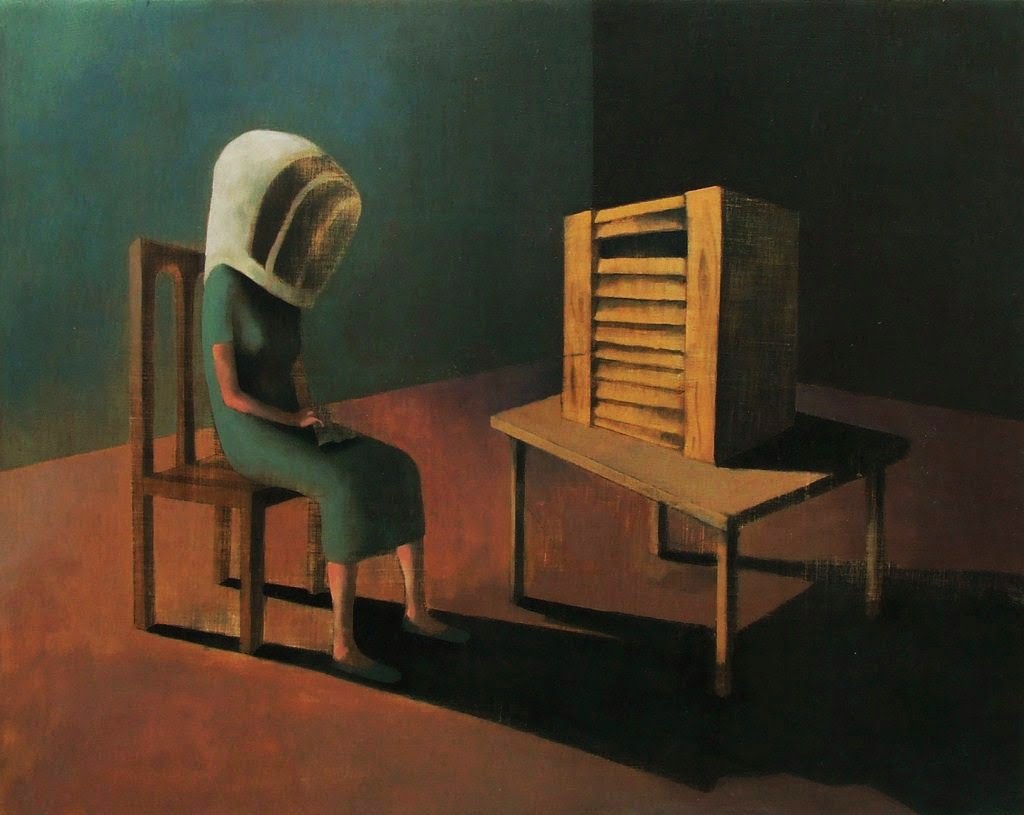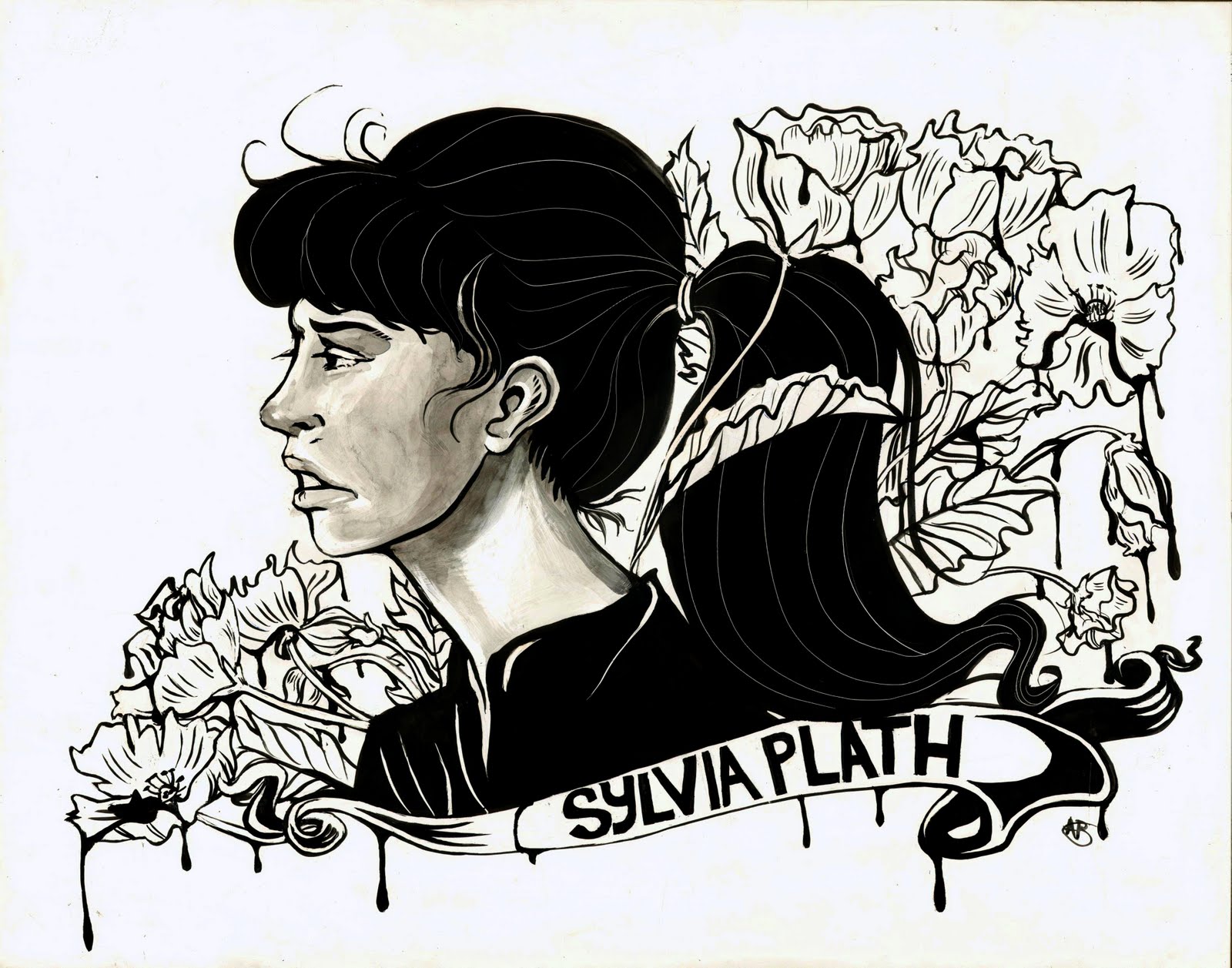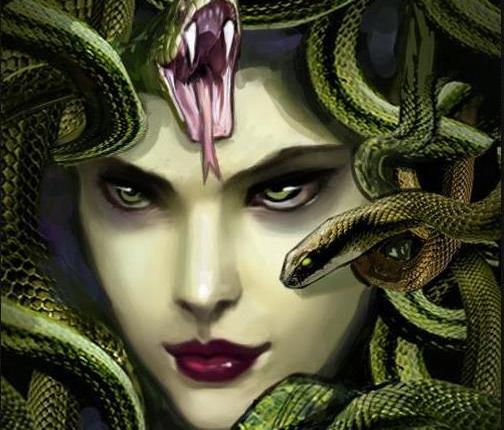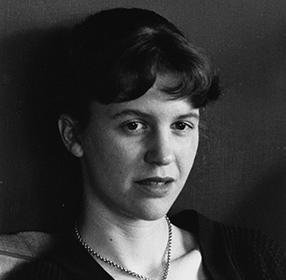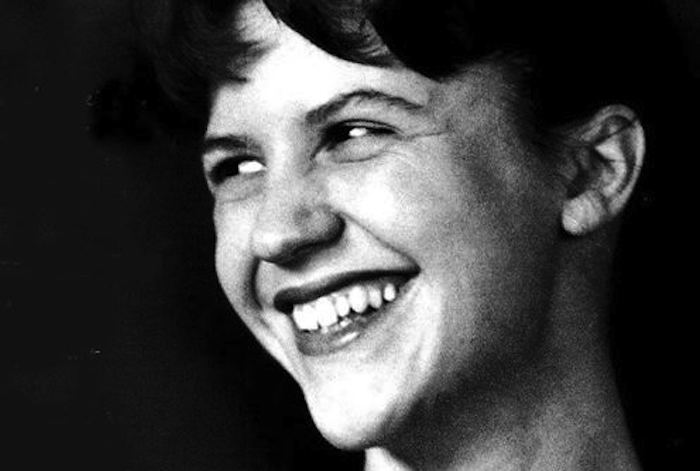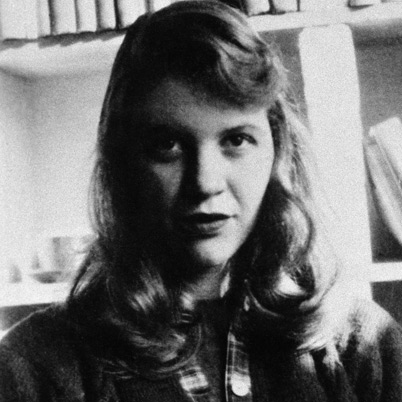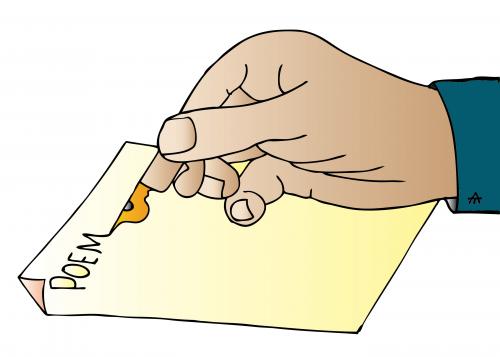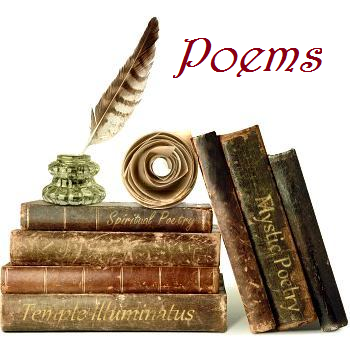The poem Nick and the Candlestick written by Sylvia Plath is one of her last poems. It was published posthumously by her husband, Ted Hughes in the collection called Birthday Letters in 1998. The poem is directly addressed to her son Nicholas Hughes. The very title of the poem suggests a tone of simplicity. The poem in its plot also follows the same idea as it has a crystal clear plot. However, the poem is hovered with opaque phrases and startling imageries. The poet, is seen entering a dark room, preferably bedroom with a candlestick in hand where she finds certain objects like rugs on the wall, an aquarium and her sleeping baby. The poem has two parts and each is loaded with a contrasting tone. The poem is written in dramatic monologue. In this article we have attempted a critical analysis of Nick and the Candlestick analysis by Sylvia Plath.
The analysis of poem suggests that the speaker is searching for her identity or meaning of her life. The very image of the speaker as a “miner”, someone digging deep beneath the surface of the earth for something precious, suggests she is looking for something intangible that the mere physical entities on earth cannot fulfil. Perhaps that is why she has extended her scope outward to the cosmos in “stars” and “mercuric atoms”. Unable to find what she seeks here, she has extended her reach to the ethereal. We can see how willing the speaker is to find such identification as she endures the “pain” of motherhood and even her “tears” have dried and solidified as “waxy stalactites”.
This image shows the intensity of her pain, the tears having stayed on her cheeks, cutting at her like “panes of ice”. For further emphasise her desperation at wishing to find identity, she boldly declares to “let the mercuric atoms that cripple drip into the terrible wel” suggesting she is willing to cast off all things worldly, even the very bonds that tie her down to earth, “atoms” being the very structure of her physical existence. All this shows her great desire to find something intangible that will gift her meaning and identification.
The final tone of this poem is that of the joy and solace that the speaker finds in motherhood, or more specifically her child. Her child is the “candle” in her dark cave of existence and its “yellows hearten” providing her with a beacon of light to see, hope perhaps. She has even adorned her surroundings with objects of comfort and affection in the form of “soft rugs” and “roses” in anticipation of the child. This shows two things: she is willing to suffer for the sake of the child as she believes the child will provide her something worth living for and something uncommon in Plath poetry, “love”. The blatant repetition of “love” thrice drives the point home that she derives comfort and affection from this child. She finds solidity and reliability in the child as she can “lean on” it.
Juxtaposing this with the idea of religion earlier on, the child acts the pillar of faith religion cannot provide. The speaker makes allusions to Jesus Christ as her child is “the one” or the saviour with direct reference to “the baby in the barn” or Jesus in the manger. It is obvious she sees this child as her hope for the future and finds solace in the child as her faith, allowing her to continue in her dark environment where she cannot identify with her community otherwise. Only in her child does she find a connection as she believes her “blood blooms clean in you, ruby”, describing how her blood flows in the veins of her child. This imagery suggests she has a deep emotional connection with the child as she sees it as part of her very being and self. The child provides her with with the sense of identification she searches for and purpose to continue mining or living.
The theme of nick and candlestick is simple but the portrayal of this central idea is done with moving electrified imageries which are often revolutionary. The emotions are made to play freely which takes a simple idea to enormous heights. The mother being disgusted with the world and hopeless with humanity is searching her identity and solace within her baby. She is weaving her whole world around her baby which is the only hope, the candle of her life. However, her tone at points also suggests that her anxiety is not separated from her pregnancy and motherhood. As various imageries suggests that her pregnancy has snatched her freedom, pushing her into a claustrophobic boredom. Critics have often suggested various co-themes hidden within the poem because of her choice of phrases and imageries.
Another possible theme of the poem can be the speaker’s inability to connect with the community. The use of repetitive words shows her frustrations. The religion which brings peace in many hearts has failed to do so with the poet as to her the religion like piranhas is engulfing her. The religion instead of providing solace is slowly extracting out the pureness and life out of the poet. Again, reflecting towards her loss of faith in worldly institutions.
The imageries used in the poems along with the language and the diction surfaces the poet’s contradictory ideas about motherhood. It depicts both the positive side and negative side of motherhood and this confuse the readers about how the poet is actually feeling. The poet reinforces a good point, and then destroys it. For example, the poet describes her womb as “old cave of calcium”. The use of imagery is to portray that her womb is old, decaying and meaningless, yet at the same time, it is nutritious as it is filled with calcium and is good for the body. The dictions used are vivid and strong. The poet describes the baby as “holy Joes” and compares it with “Christ”.
However, at the same time, the baby is “black”, “dead”, “vice of knives” and like a “piranha”. Something so beautiful and lovely can also be dangerous and lifeless. Perhaps the message that the poet wants to convey is that there are ups and downs of motherhood, nothing is perfect. “Black bat airs”, use of assonance here with the repetition of the a sound emphasises the darkness as being threatening and dangerous. Successive rhyming words such as “cripple drip” are used to show the “terrible” area of motherhood and it creeps into the “well” that is long and deep. She tries to claim the relationship but fails.
To conclude the poet is suffering from an inner loneliness, a common phenomenon of the post world war society, which transcends merely being with people. Although she functions as a normal human being she feels ‘different’ from the community around her and does not feel that she is accepted as one of them. So she only responds to the idea of her motherhood. It gives her hope and new purpose to life as she sees her child as something more than another human being. She sees it as a chance to redeem herself and be born a new. So the theme of the parental relationship reoccurs time and again throughout the poem suggesting her dependency on her infant. Hope the Nick and the Candlestick analysis was helpful. We look forward to see you soon!
Some online learning platforms provide certifications, while others are designed to simply grow your skills in your personal and professional life. Including Masterclass and Coursera, here are our recommendations for the best online learning platforms you can sign up for today.
The 7 Best Online Learning Platforms of 2022
- Best Overall: Coursera
- Best for Niche Topics: Udemy
- Best for Creative Fields: Skillshare
- Best for Celebrity Lessons: MasterClass
- Best for STEM: EdX
- Best for Career Building: Udacity
- Best for Data Learning: Pluralsight
